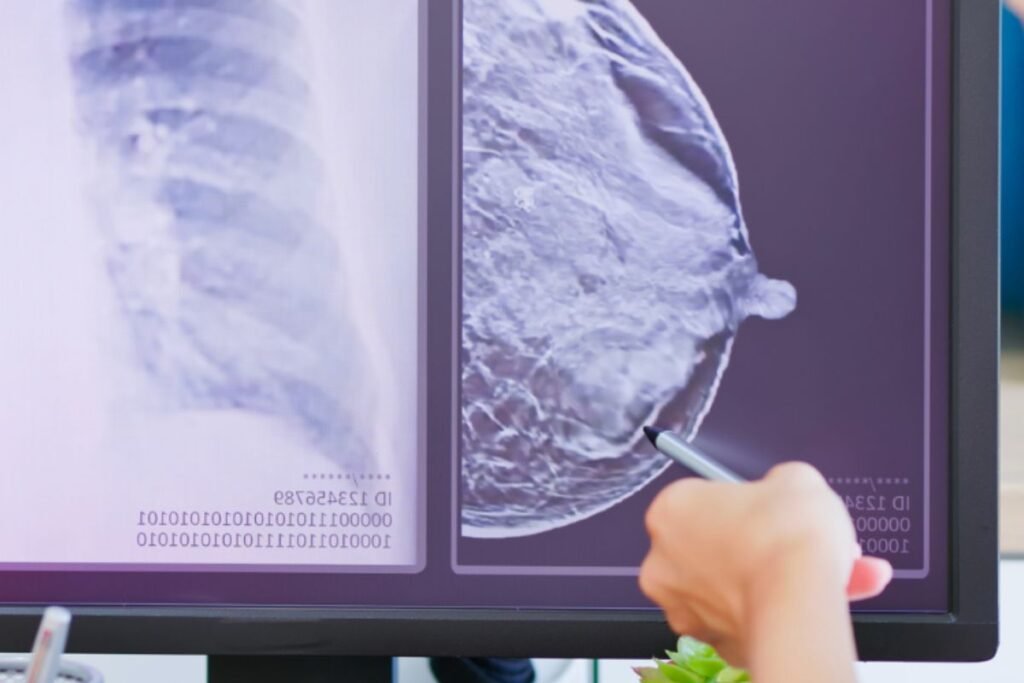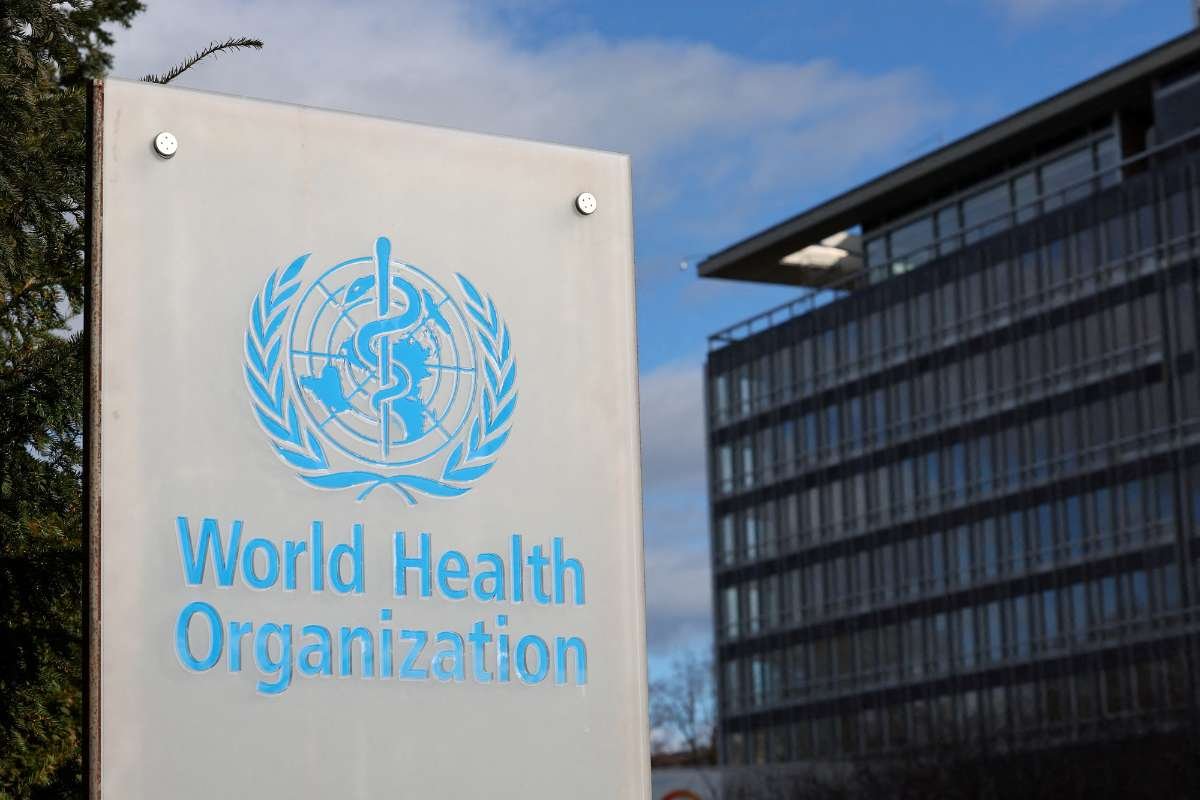In the ongoing fight against breast cancer, new international guidelines have emphasized the importance of breast density in mammogram screenings. Since early September, mammography centers are now required to inform women about their breast density as part of their results. Dense breasts, which are quite common—affecting about 40% of women aged 40 and older—are not inherently problematic.
Dr. Ethan Cohen from MD Anderson Cancer Center in Houston states that breast density has no relation to breast firmness or size, and its significance primarily arises in the context of breast cancer detection. The implementation of these guidelines has prompted many women to seek clarity from their healthcare providers, and while the increase in questions is expected, Cohen advises against panic.
Breast Density Classification and Its Implications
Breast density is classified into four categories based on the proportion of fatty tissue versus glandular and fibrous tissue. The least dense category consists primarily of fatty tissue, while the most dense includes predominantly glandular and fibrous tissue. Women fall into the “heterogeneously dense” or “extremely dense” categories, which can complicate cancer detection on mammograms.
Dr. Brian Dontchos of the Fred Hutchinson Cancer Center notes that the classification can be somewhat subjective, depending on the interpreting physician. Dense breast tissue poses challenges because both the tissue and potential tumors appear white on a mammogram, likening the detection difficulty to finding a snowball in a blizzard, as explained by Dr. Wendie Berg from the University of Pittsburgh School of Medicine. Additionally, while women with dense breast tissue are at a marginally higher risk for developing breast cancer, studies show they do not have an increased risk of mortality compared to those with less dense breasts.
Next Steps for Women with breast density in mammogram
Upon learning about their breast density in mammograms, women are encouraged to discuss their family history of breast cancer with their healthcare provider. This conversation may lead to recommendations for supplemental screenings, such as ultrasounds or MRIs, according to Dr. Georgia Spear of Endeavor Health. Although research is ongoing to find improved detection methods for women with dense breasts, current evidence does not support a broad recommendation for additional screening.
The US Preventive Services Task Force has called for further research in this area following updates to its breast cancer screening guidelines earlier this year. Despite the nuances surrounding breast density, regular mammograms remain essential for all women, starting at age 40, as they are still the most reliable method for early cancer detection. Dr. Spear emphasizes that the goal is not to replace mammograms but to supplement them with other tests as necessary. Dr. Berg underscores the importance of equal opportunities for early detection of cancer, reinforcing that timely treatment is crucial for improved outcomes.









